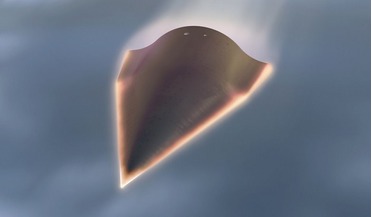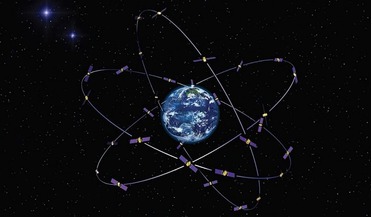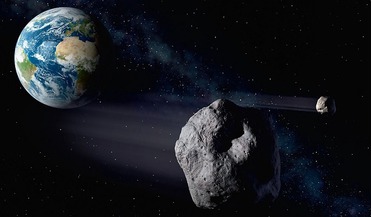 08 March 2021
New study determines best place and time to live in the Milky Way
08 March 2021
New study determines best place and time to live in the Milky Way
... galaxy – between 6500 and 26,000 light years (2 to 8 kiloparsecs) from the galactic center – were subject to many explosive events able to trigger a mass extinction. For reference, the Sun is approximately 26,670 ± 110 light years (8.2 kiloparsecs...
 01 June 2021
Space junk collision highlights need for intervention
01 June 2021
Space junk collision highlights need for intervention
... Consulting Ltd, Ontario, Canada. Writing in the Autumn 2020 issue of ROOM, Hakima says: “ In-orbit collisions and explosions highlight the need for active intervention and prevention of an uncontrolled increase in the debris population, through both...
 28 July 2021
Japan successfully tests rocket engine propelled by shock waves
28 July 2021
Japan successfully tests rocket engine propelled by shock waves
... of rocket engine technology that safely and efficiently converts shock waves (explosive waves) generated when a mixed gas of fuel and oxygen reacts explosively into thrust,” JAXA said, according to Parabolic Arc. Currently in development with...
 July 2014
The hypersonic grail: advances at DARPA, AFRL and beyond
July 2014
The hypersonic grail: advances at DARPA, AFRL and beyond
... energy to the vehicle (which increases with the square of velocity) that can be used to replace or supplement the explosive power of a warhead carried by the missile. The same technologies that enable hypersonic air-breathing missiles and...
 July 2014
Achilles’ heel
July 2014
Achilles’ heel
... service, piracy, jamming, spoofing, lasers); • military threats (e.g. anti-satellite weapons (ASAT), high-altitude nuclear explosion); • cyber attack; • space debris/space debris removal programmes; • signal intercept; • supply chain compromise. The...
 December 2014
Finding NEO
December 2014
Finding NEO
... change in the future. A collision with an object of one-kilometre diameter or more would release energy comparable to the explosion of all the world’s nuclear weapons and have catastrophic consequences for life on Earth. Such collisions happen...